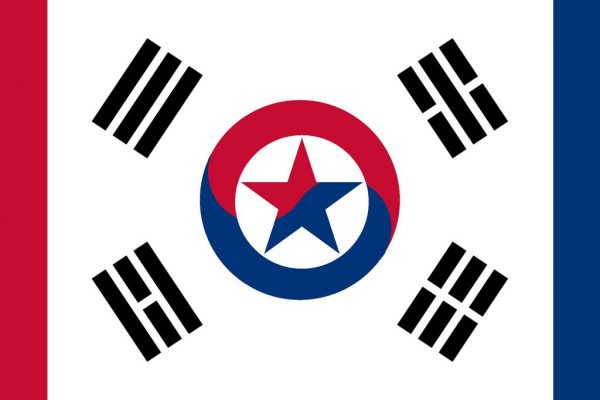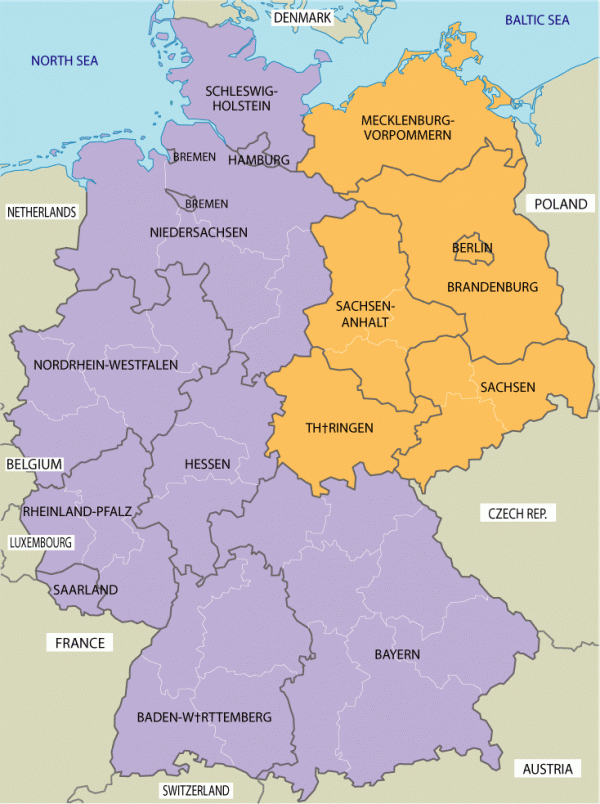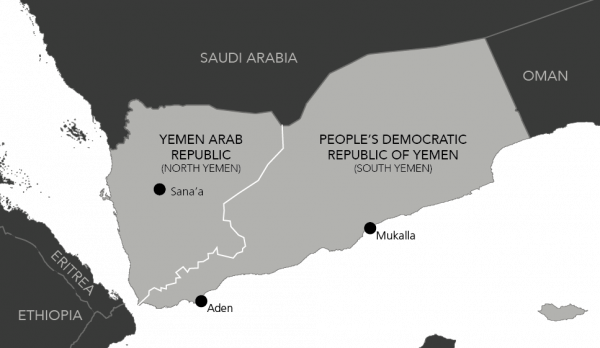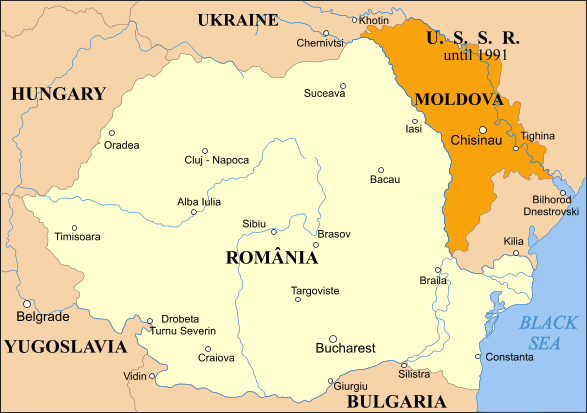When one travels as much to North Korea as much as we do, the very concept of reunification is ingrained in our minds. Officially, both Koreas talk – and dream – of their countries being reunified. Whether the official line matches the actual one, however, remains to be seen.
The Koreas, of course, are hardly the first (and are unlikely to be the last) divided countries to have considered reunification. With the world’s storied history of good old-fashioned imperialism, many a people or nation have been cleft in twain by self-interested hegemonies. And many of those peoples and nations have sought to reunify, with mixed results.
The ‘Confederal Republic of Koryo’

Credit: Drivanmoffitt, DeviantArt.
How reunification in Korea might be achieved depends on who you talk to. The North certainly have their own view on the matter, which would involve establishing something called the ‘Confederal Republic of Koryo’, with both countries retaining their own political systems. This is not dissimilar to the ‘one country, two systems’ policy between China and Hong Kong. Given recent developments, you’d be forgiven for thinking that this is not without its drawbacks. See our own detailed blog on the Confederal Republic of Koryo.
The ‘German Model’

Of course the most touted scenario (particularly from right-wing thinkers) is the Germany model, whereby the capitalist South incorporates the socialist North. This ignores a lot of factors, such as the wealth disparity being 20-1 with the Koreas as opposed to 4-1 with two Germanies. Also, even after 30 years unified, there are still many scars yet to heal, and a lot of East Germans still bear nostalgia for the old German Democratic Republic (DDR).
North and South Yemen

One thing often ignored is that around 1990 it was not only the Germans that were having a crack at reunification, but also the Yemenis.
What comprises today’s Republic of Yemen was, until 1990, two countries, namely the People’s Democratic Republic of Yemen, and the Yemen Arab Republic.
Originally one nation under Ottoman rule, colonial intriguing eventually split the country in twain. The British established the ‘Aden Protectorate’ along with much of South Yemen, and North Yemen became an independent kingdom from 1918 until 1962. A revolution inspired by Egypt’s Gamal Nasser overthrew the North Yemeni government in 1962, and eventually led to the proclamation of the Yemen Arab Republic.
Unlike Germany (and the Koreas), relations between the two Yemens were fairly cordial. There were brief wars between the two in 1972 and 1979, but these ultimately did not dissuade the two from committing to peaceful reunification.
The collapse of the USSR and international communism in 1989 hastened the reunification of Yemen, which was achieved in full on May 22nd, 1990. Sadly, despite initial optimism, the unified state has been in a perpetual state of civil war since, with a major grievance being the marginalisation and disenfranchisement of southern Yemen by the economically stronger north.
For many southerners there is a nostalgic yearning for the days of independence, when despite a more economically precarious position, they at least ran their own affairs. Considering South Yemen’s Marxist past, this means that this divided Arab country has a lot more in common with the Koreas (and, indeed, with Germany) than most people realise.
Moldova and Romania

Moldovans and Romanians are functionally the same people, who speak the same language and were historically part of the same country.
Moldova, AKA the Principality of Moldavia AKA Bessarabia, was no stranger to the imperialist tugs of war that have pervaded Eastern Europe throughout history. Initially existing as an independent state (the Principality of Moldavia), Moldova was bandied around like a spliff at a reggae festival. The Ottomans, Russians, Romanians and USSR all controlled the region at some point, but Romania was the only country that Moldova ever voluntarily joined (before being torn away again by bickering empires).
When Moldova finally got a shot at self-determination, following the collapse of the USSR, there was a very strong initial desire for reunification, before the two nations decided that they rather preferred being separate.
The two cultures remain similar in some ways and different in others; Moldovans speak a language that is basically the same as Romanian, but there is a strong Russian influence and you’re much more likely to find Russian-speakers in Moldova than in Romania.
Sharing a language and culture is all well and good. But the longer two countries stay separated, developing their own traditions and cultural norms, the harder it is to jump back in and be one big happy family again. It’s a bit like staying with your parents for Christmas, except FOREVER.
No one knows for certain what the future holds for the Korean peninsula, or what shape any eventual reunification might take. But if history has taught us anything, is that it will not be an easy task.
Witness the frontier that separates a divided nation on one of our many tours to the DPRK!





